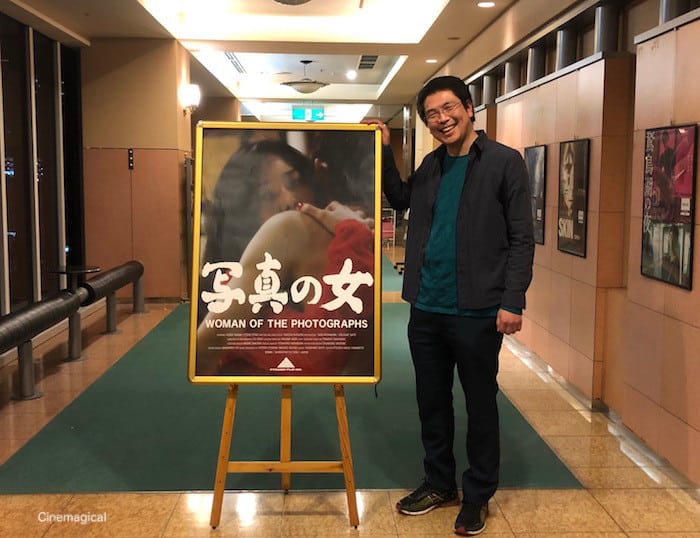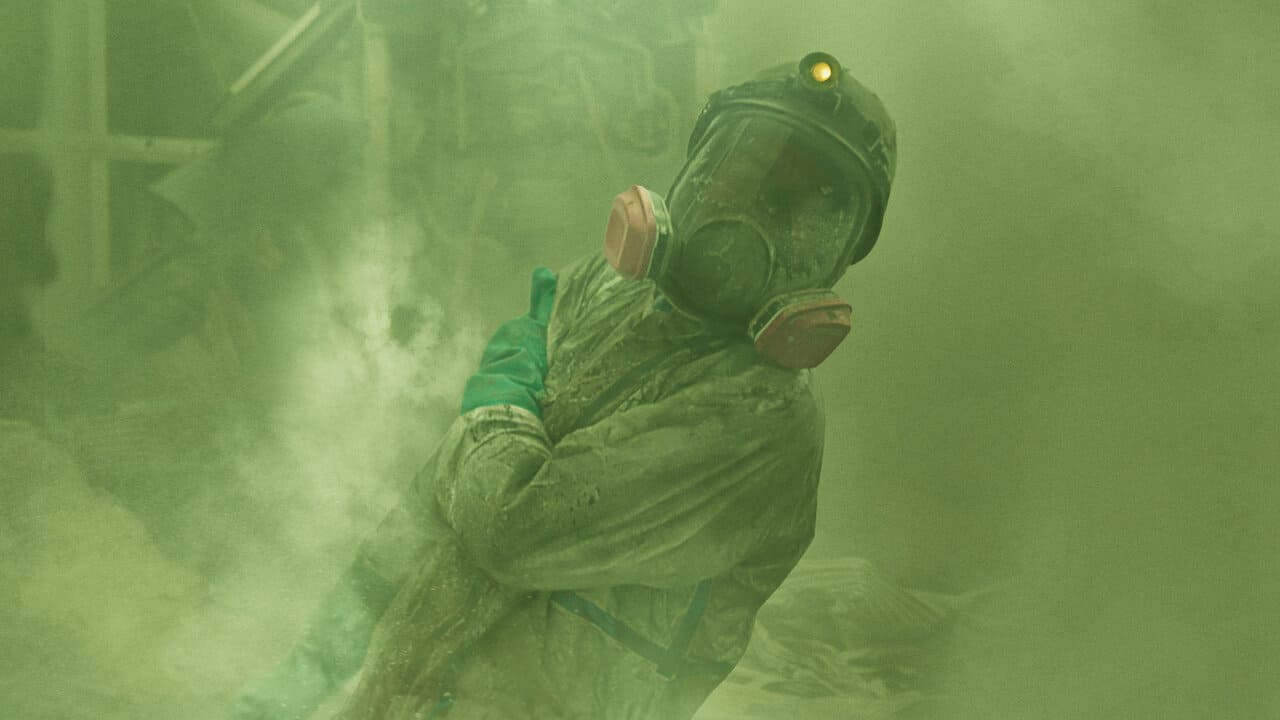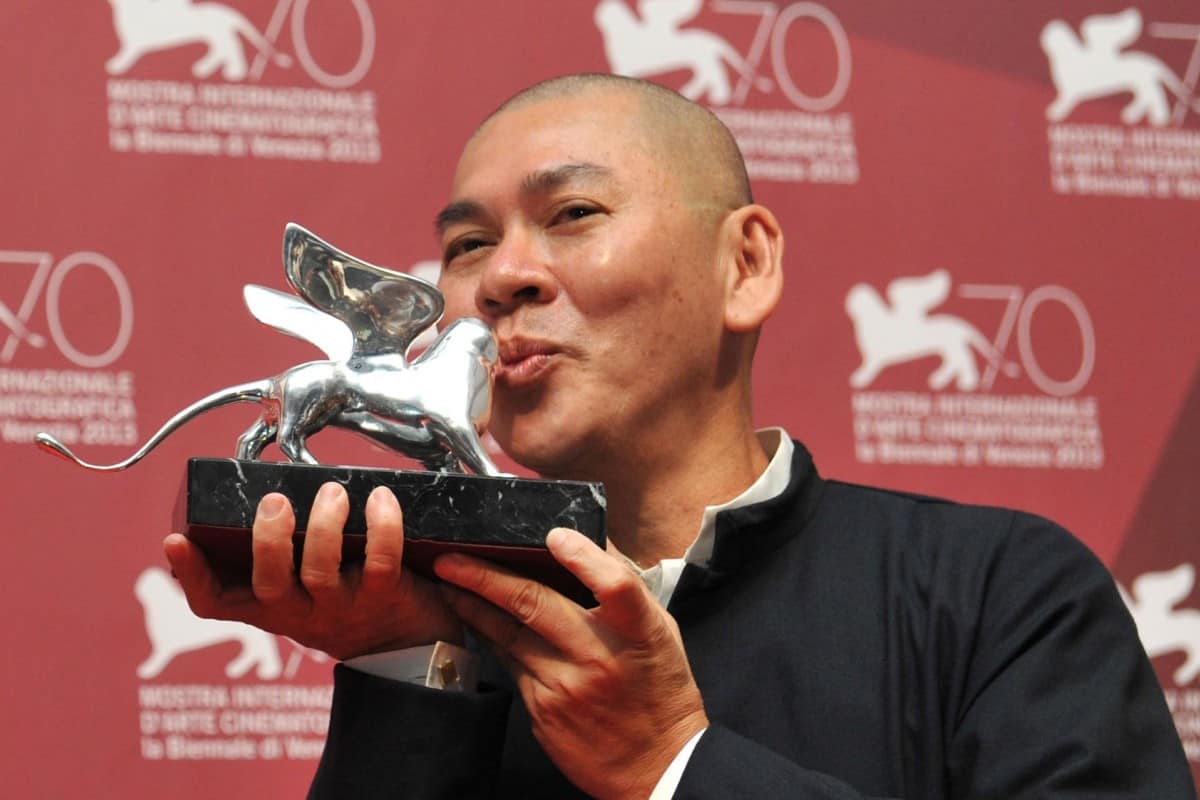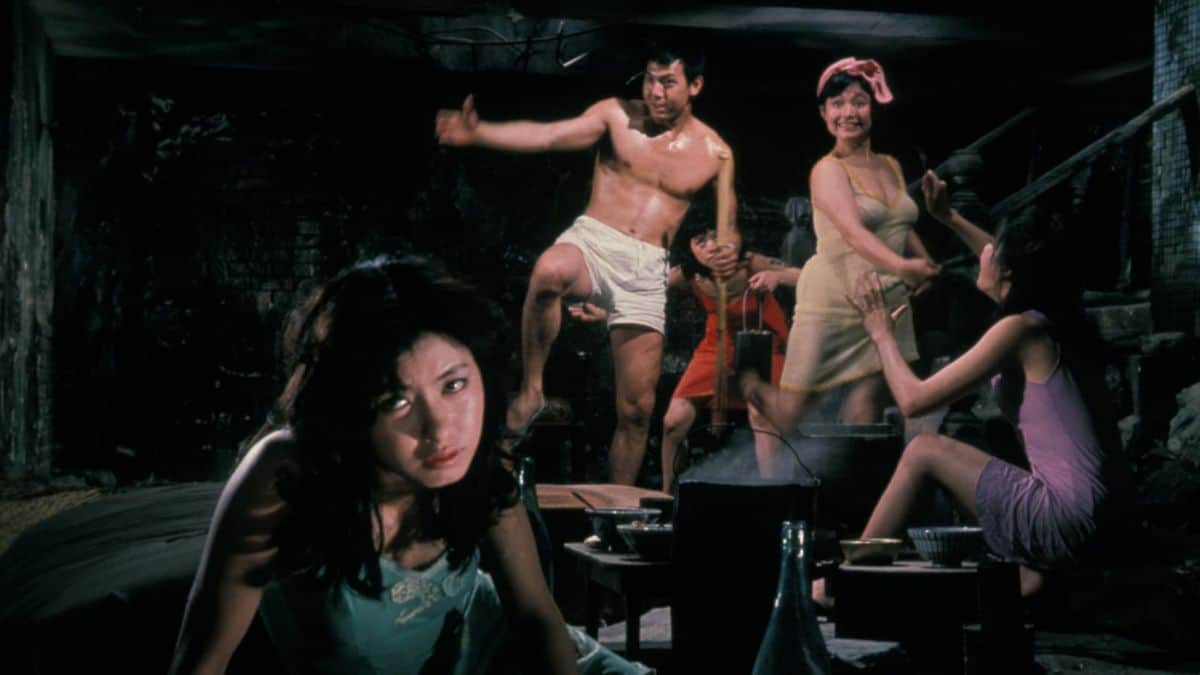Born in 1982. Takeshi Kushida is a member of Pyramid Film in Tokyo. His notable films include: “Flow”(2003) First Prize – Rencontres Audiovisuelles; “Kannon” (2004) Special Mention – WRO Media Art Biennale; “Hide and Seek” (2005) Gold Prize – Bilbao International Short and Documentary Film Festival; “Reincarnation”(2008) Jury Recommended Work – Japan Media Art Festival ; “I Am a Camera” (2013) Jury Prize – GR Movie Festival ; “The Earth was blusih” (2015) – Grand Prix – United For Peace Film Festival. “Woman of the Photographs“, which premiered at Osaka, is his feature debut.
On the occasion of “Woman of the Photographs” screening at Fantasia, we speak with him about photography and image, praying mantises, relationships in modern Japan, and many other topics.
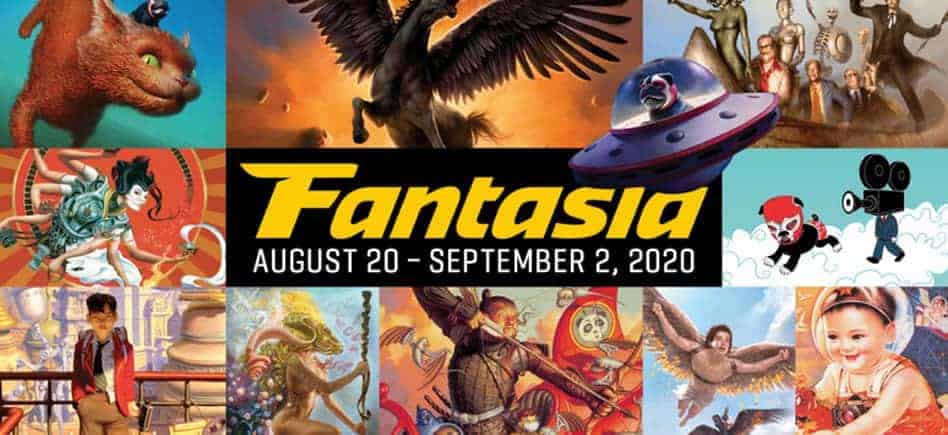
Why did you decide to shoot a film where photography is the main element?
Because I have been thinking about the relationship between a photography and a woman for ten years. Ten years ago, I was making a poster for a cosmetics advertisement with a popular Japanese actress. And she was obsessed with retouching her image. She had her exclusive retoucher. And she told him to make her eyes bigger, remove her necklines, slim the waist… and finally, she changed her face and body to something totally different from her real self. She looked very happy with the result at that time, but she quit acting two years later. She didn't tell us why, but I think that she couldn't keep acting because she confused reality with imagination. She succeeded in changing herself to be liked by many people, but as a result, she lost her real self. This kind of attitude was an exception for people ten years ago, but now, a lot of women are changing their figures in photographs by using retouching applications and filters. So, I decided to make a film about photography and a woman now
Why did you decide to make Praying Mantis a central part of the narrative? What is the parallel between the insect and the relationship between Kai and Kyoko?
Before I started writing the screenplay, I decided the target audience. My target audience was male, over 35 years old. In other words, I wanted to make a film for a person like me, who Ioves horror, romance, and comedy. And as the film is for a male audience, I thought that the enemy should be female. In order to create the female villain character, I was thinking of a scary aspect of women, and finally I found out about the habits of praying mantis. The female mantis eats the male after mating to get the nutrition for giving birth. I started researching praying mantis. Then, I met a professor who specializes on praying mantis. I asked him why the male mantis allows the female to eat him. He told me that it's because the male mantis feels pleasure when he is eaten. His reason for living is leaving behind offspring. And the male mantis knows that his existence becomes greater by sacrificing his body for the female. I thought that kind of pleasure exists in modern men. It could be said that men are getting weaker in front of women but are now finding the pleasure of sacrificing. So I decided to make a film about a man who sacrifices himself for a woman in order to feel that his existence is greater.
The film seems to focus on the concept of appearance and how important it is in this image-obsessed world. What is your opinion on the subject and what is the role of social media and public opinion in this concept?
Nowadays, we see our own appearances more than ever. While I am watching the smartphone screen, I see myself on SNS, Skype, and when the phone is switched off, on the black screen. And I found that my appearance is different in every image. My appearance changes depending on who I am meeting with. It makes me think that I am acting multiple “selves” on a daily basis. It is fine as long as I am performing as the multiple “selves” to satisfy myself. But it is problematic if I create multiple “selves” in SNS just for increasing the number of likes. Because if I pursue the number, I cannot see the relationship with other people. And I may not be able to see the emotional status of myself. I think that we all have to act as multiple “selves” because we can only feel our existence through our relationships with others. But we shouldn't pursue something such as likes or a number of likes.
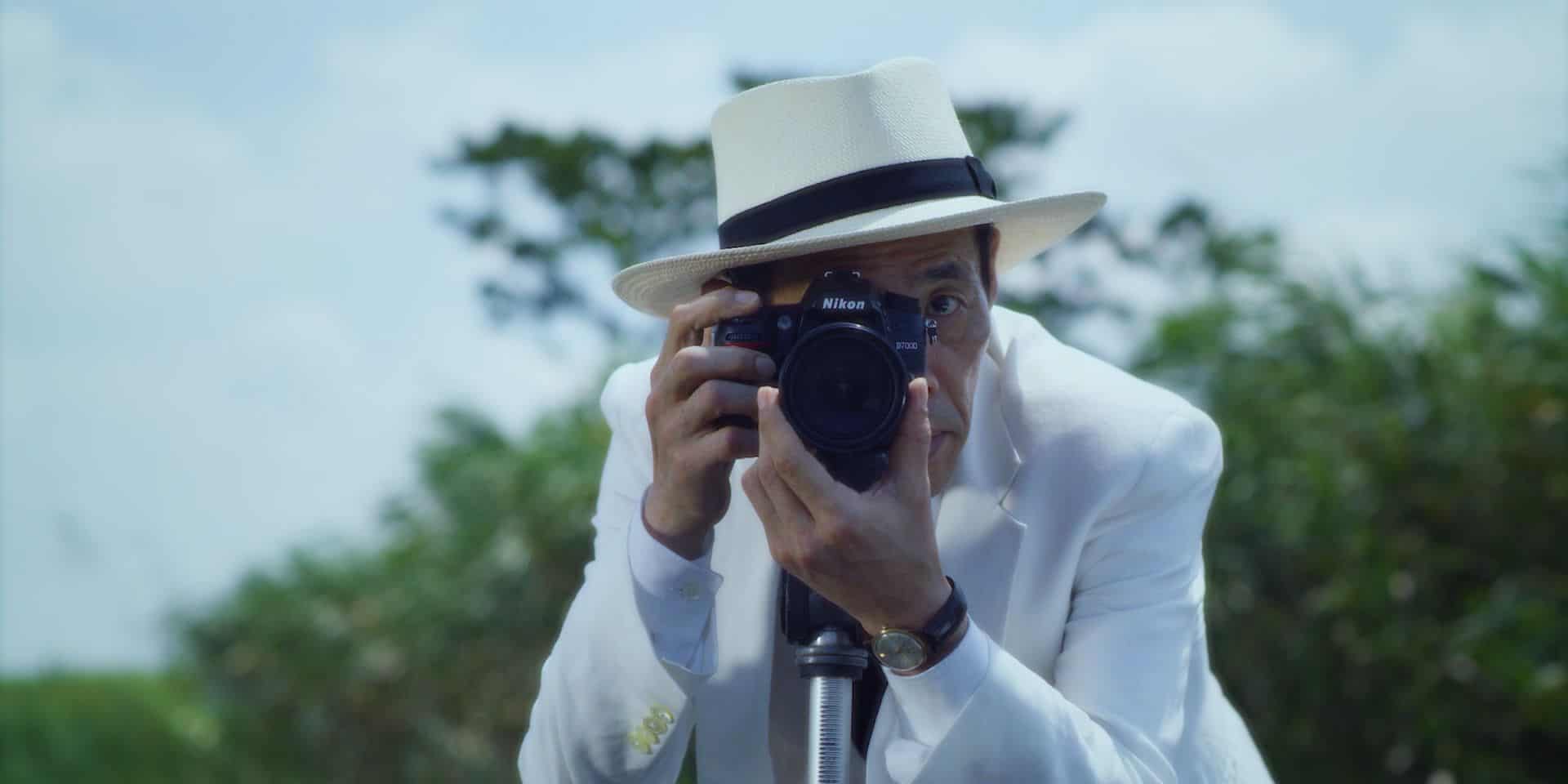
The film also focuses on the difficulties relationships present in modern Japanese society. What is your opinion on the subject and why do you feel many Japanese are not keen on having relationships?
I think that the most important factor to create a relationship is “coincidence”. It could be said that the Japanese society is too structured to allow chance encounters. Japan is a place where children are encouraged to live without getting out of the group. So, I feel that the Japanese are less willing to accept fortuity than people in other countries around the world. It seems that this influence makes the Japanese less active in dealing with people. In addition, as many people nowadays stay in their homes due to the Coronavirus, the Japanese will have less opportunities to feel the joy of accepting a coincidence in real life. Now, the Japanese must realize the joy of contingency.
You seem to have picked your protagonists very carefully, since their lives have many similarities with the characters they play, particularly Itsuki Otaki who used to be a professional ballet dancer. Can you give us some more details about the casting process? Also, why did you choose actors with theater background?
I decided the cast just after making a short synopsis, and before making it into a script. Because I like to imagine how the characters look like during the writing process. When I make a film, I always pay attention to having a good subject. And when the subject is found, my challenge begins in order to make it into images that bring cinematic pleasure. Although it is difficult to explain what “cinematic pleasure” is in words, I believe that it is the moment when the audience feels an emotional connection with the characters on screen. So I prefer to choose the actors before writing the screenplay.
In general, how was your cooperation with the two protagonists, how did you guide them for their roles?
During the shoot, I was able to speak out to them about the direction. This was possible because the film was made entirely with dubbing. I was able to give aloud instructions as to what the camera is doing right now, as if shooting a silent movie, whether their facial expressions and movements should be exaggerated or suppressed. Since they are stage actors, they are accustomed to changing their acting according to the director's instructions during acting.
Was is difficult for Hideki Nagai to deal with the insect so closely?
For this shoot, there was a position called mantis instructor. His job was to use the habits of mantis to guide Nagai in acting. Mantis changes its direction of movement depending on the shape of the hand holding it, height, wind direction, and light intensity. We were able to take advantage of that habit to shoot the ideal scene.
The photographs Kai takes are very impressive. Can you give us some details about the way you shot them and the locations the film was shot? In general, how was your cooperation with Yu Oishi, and what did you want to do in the visual aspect of the film?
This work was shot based on the storyboard I drew. We had a lot of discussions with the cinematographer at the storyboard stage in order to shoot good footage during the 10-day-shoot. Then, the cinematographer calculated the time zone when the scene was most beautifully shot, based on the position of the sun, and shot a beautiful image. It's the skill of the cinematographer that makes the movie eye-catching in every scene.
What is your opinion of the Japanese movie industry at the moment? How do you think the pandemic will affect it?
The release of many major works has been postponed, and thus, many interesting films by new talented directors are being released one after another in Japan. I believe that in a few years, the Japanese cinema world will be full of exciting new directors.
Are you working on any new projects?
Yes, I am working on my next feature film. It will be a story about a dentist. Because tooth ache is common throughout the world. I want to make a film which can be shared by people with different language, different culture, and different race.


